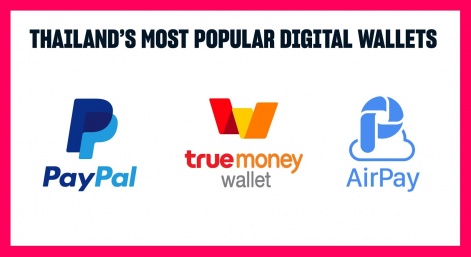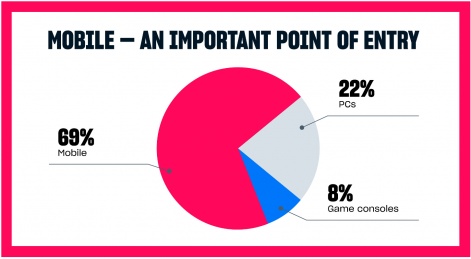You might be wondering, as a developer, why you should consider expanding your game into Thailand.
Here’s why: first of all, it’s part of the growing Southeast Asia (SEA) video game market. Did you know that SEA generated more than US$4.3B in 2019, and US$2.6B just in mobile video games?
With YOY growth rates of 13 per cent and 17 per cent respectively, per gameindustry.biz, that made SEA the single fastest-growing mobile game market in the world. Secondly, Thailand is the fourth-largest video game market within SEA, and 19th in the world. According to Niko Partners, Thailand is predicted to be the first US$1B market in SEA. Now that’s a lot of baht.

But attracting Thai gamers is difficult, we’re not going to downplay that. You need to offer their preferred local payment methods. And cover yourself legally, paying attention to regulatory compliance and taxes. So keep reading - we’ve got some best practices to share with you.
Best practice: accept global and local debit and credit cards
According to J.P. Morgan “2019 Payment Trends,” nearly a third of Thai game transactions are made with credit and debit cards. Most of the cards are Visa and Mastercard, so it’s crucial to accept payments from these global providers. But don’t overlook the local cards. They’ll have a significant impact on your revenues - and make Thailand even more lucrative for you. We get into more detail about how crucial local acquiring companies are in our free ebook.
Best practice: support digital wallets and bank transfers
46 per cent of all Thai payments are made using these two methods. Digital wallets are used for as many ecommerce transactions as bank transfers, so they’re important. Finding a way to accept digital wallets is especially critical because they’re only expected to increase. Adding these payments and local bank transfers could connect you to 3M extra players.

Best Practice: mobile is a must
We don’t have to tell you that anything mobile, including game purchases, is absolutely exploding. In fact, mobile accounts for 69 per cent of SEA’s overall video game revenues. In Thailand, basically every mobile payment is handled by one of three companies. Together, they have nearly 90 million subscribers. So you need to be able to accept payments from subscribers who are gamers. And there are lots of them.

Best Practice: don’t count out cash payers
Many Thais still prefer cash for their daily transactions. They see it as trustworthy since inflation is pretty stable — they don’t expect it to lose buying power over time. But it’s not just paper money we’re talking about. Thais who want to pay for game purchases in “cash” have options. Besides POS payment methods, they can use prepaid cards. You’ll want to accept these for your game, too.
Putting it all together
Given all the ways Thais pay for video game purchases, it takes time and resources to integrate all these local payment methods. But it’s a crucial step if you want Thais to pay for and play your game. Check out How to Grow Your Video Game in Thailand. Read about how to win in the Thai gaming market without having to figure it all out yourself.






















